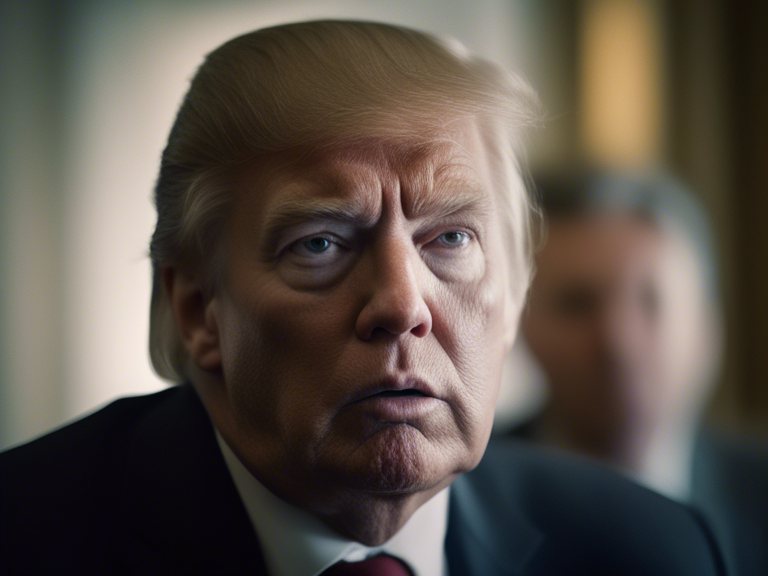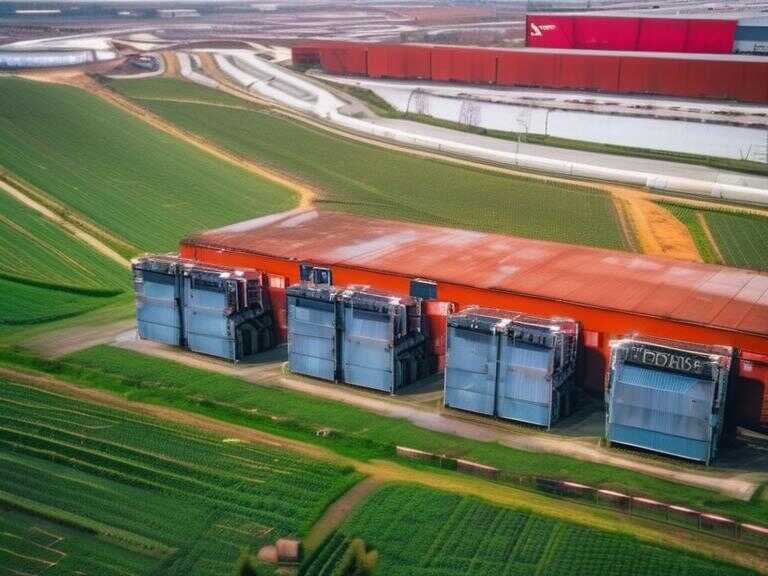
Tropical Storm Hone Risks Intensifying Wildfire Threat in Dry Parts of Hawaii Islands
Tropical Storm Hone poses wildfire risk in Hawaii, reminiscent of last year's deadly Maui fires.

Tropical Storm Hone, a Hawaiian term signifying "sweet and soft", has been making its way towards the islands with expectedly intensifying winds that could escalate the wildfire risk for the drier areas of the state. This looming threat draws especially from the recent memories of last year's catastrophic blazes on Maui.
Hawaii's Big Island is under a tropical storm
As of now, Hone, pronounced hoe-NEH, is reported to have top winds of 65 mph (105 kph). There is a forecasted slight increase in its strength over the next two days, though it is anticipated to remain just below hurricane strength at its peak from Sunday through Monday, as per the Central Pacific Hurricane Center's predictions. A tropical storm warning is currently in place for the Big Island, and a red flag fire warning has been issued for the leeward parts of all islands through 6 p.m. on Saturday. The National Weather Service disseminates this alert when the combination of warm temperatures, very low humidity, and stronger winds culminate in higher fire dangers.
Calvin Endo, a Waianae Coast neighborhood board member residing in Makaha, a leeward Oahu neighborhood notorious for wildfires, emphasizes the seriousness of this situation, stating, "They gotta take this thing serious". The U.S. Drought Monitor indicates that a majority of the archipelago is either abnormally dry or experiencing a drought.
Concerns for Wildfires
The anticipated winds are expected to be most intense where they blow downslope from higher terrain, over headlands, and through passes, as advised by the hurricane center. While Hone poses grave fire dangers, Derek Wroe, a meteorologist at the weather service in Honolulu, assures that it does not present "on the magnitude of that" compared to last year's deadly wildfires on Maui, which were exacerbated by hurricane-force winds.
The catastrophic fire that devastated the historic town of Lahaina on August 8, 2023, stands as the deadliest U.S. wildfire in over a century, claiming 102 lives. The dry, overgrown grasses, coupled with the prevailing drought, significantly contributed to the rapid spread of the fire. Endo expressed his long-standing concerns about the dry brush on private property behind his house, and although he has taken the initiative to clear the brush himself, he remains worried about nearby homes bordering overgrown vegetation, remarking, "All you need is fire and wind, and we'll have another Lahaina."
Ongoing measures
The cause of last year's Lahaina blaze is still under investigation, with the possibility of it being ignited by bare electrical wires and leaning power poles toppled by strong winds. The two power companies in the state, Hawaiian Electric and the Kauai Island Utility Cooperative, have stated that they will be vigilant over the weekend conditions and will be prepared to shut off power if necessary, to mitigate the risk of live, damaged power lines starting fires.
Efforts to combat a small blaze that erupted Friday night in Waikoloa, on the dry side of the Big Island, were ongoing, as reported by Big Island Mayor Mitch Roth. While it was under control and did not result in any injuries or damage, firefighters remained on the scene. Roth mentioned, "We're expecting to have bands of rain come through the day," referring to the rainy conditions in Hilo, on the island's east side.
Precautionary measures
Authorities are closing certain beach parks in anticipation of dangerously high surf and are preparing to open shelters if the need arises. The Hawaii Tourism Authority has assured travelers that it is still safe to visit the islands, although they have recommended postponing outdoor activities for the time being. Currently, Hone is about 185 miles (300 kilometers) southeast of Hilo and 395 miles (635 kilometers) east-southeast of Honolulu. The eastern and southeastern regions of the Big Island are expected to receive 5 to 10 inches (11 to 25 centimeters) of rain. Sustained winds of 20 to 40 mph (32 to 64 kph) and gusts nearing 60 mph (97 kph) are anticipated, as per the meteorological officials' predictions.
Possibility of further rain
In addition to Hone, there is also Category 2 Hurricane Gilma, moving westward across the Pacific, which is expected to weaken over cooler waters as it encounters drier air and transform into a tropical depression by Wednesday. While Gilma may bring rain to Hawaii, the extent of it remains uncertain, as per the insights of Laura Farris, a weather service meteorologist in Honolulu.
The impending impact of Tropical Storm Hone and the actions being taken to mitigate the potential risks underscore the urgent focus on safety and preparedness in the face of its approach to the islands.
Share news















